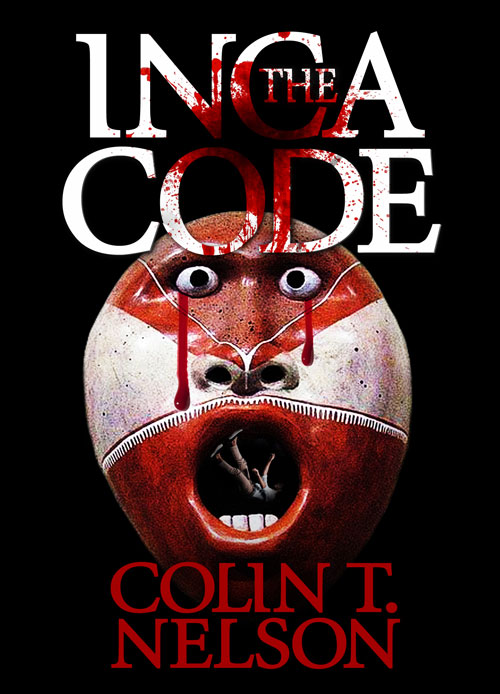 Are you glued to your TV watching the Netflix series, Making a Murderer? https://www.youtube.com/watch?v=qxgbdYaR_KQ It’s based on a true story from Manitowoc, Wisconsin and has hooked thousands of viewers. After working for over 30 years as a criminal trial lawyer, I’d like to comment on what’s the truth about Making a Murderer.
Are you glued to your TV watching the Netflix series, Making a Murderer? https://www.youtube.com/watch?v=qxgbdYaR_KQ It’s based on a true story from Manitowoc, Wisconsin and has hooked thousands of viewers. After working for over 30 years as a criminal trial lawyer, I’d like to comment on what’s the truth about Making a Murderer.
I’m hooked on the series—although it moves slowly—for two reasons: I write murder mystery fiction but have always known that real life is much more bizarre and fascinating. As you know, Episode One recounts the conviction of Steve Avery for sexual assault and attempted murder. Because of DNA analysis, he was cleared of guilt and his conviction over-turned. Unfortunately, he served 18 years in prison. As a criminal lawyer, there are aspects of the series that I question:
- What about law enforcement’s conspiracy against Steve Avery? Although it’s rare, there have been cases where law enforcement has a grudge against someone for committing crimes but they can’t catch or prove anything. Would that lead them to target the person and fake a crime to get the guy? Yes. Particularly, in a small town where people know each other, law enforcement might treat the suspected person more aggressively. As long as police/sheriffs don’t violate the person’s constitutional rights, there’s very little the targeted person can do.
- How could Steve Avery have been found guilty in the original trial? The Making a Murderer series doesn’t show much of the trial. Here are some thoughts to fill in the blanks. It appeared that Avery waived a jury trial. That meant the government had to only convince one person (rather than 12 unanimous jurors) of guilt. The prosecution presented the testimony of the victim and the test results of fingernail scrapings. (Which matched Steve Avery but others also) The defense presented several alibi witnesses who put Avery in a different place from the crime scene. Considering the unreliability of eye witness memory and the defense witnesses, how was he found guilty? I suspect the prosecution had more evidence that wasn’t presented in Making a Murderer. Possibly, the victim’s ID was so thorough and convincing the judge was convinced beyond a reasonable doubt of Steve Avery’s guilty.
- Did the sheriff “rush to judgement” and ignore possible evidence that was contrary to their belief of Steve Avery’s guilt? How could this happen?
- The sheriff and district attorney are elected positions. They’re law enforcement jobs, of course, but are also highly political. It looks like there was extreme pressure put on law enforcement to find a suspect and get a conviction—as soon as possible. In my experience, this pressure has an effect—it may cause competent and honest people to go ahead with a questionable prosecution.
- When I was a prosecutor, it felt like I was on a team—police, sheriffs, and prosecutors—all struggling to solve crimes and convict bad guys. There’s a tendency to “group think.” That means a group’s decisions trump the individual’s questions and open mind. Maybe group think clouded the thinking of the prosecution in the original case against Steve Avery.
- Almost always, the prosecution may have evidence that points to guilt but they’re unable to use it in a trial. The Making a Murderer series didn’t reveal other evidence, but if there was and the prosecution knew about it, that could’ve convinced them they had the right man from the start.
If you’ve been watching, what are your thoughts about Episode One?






